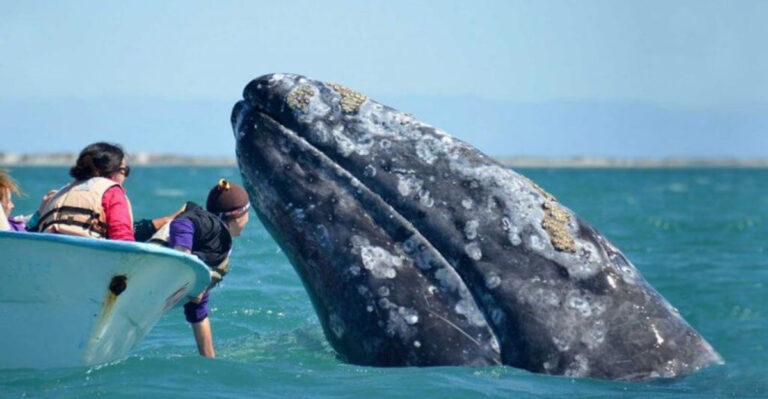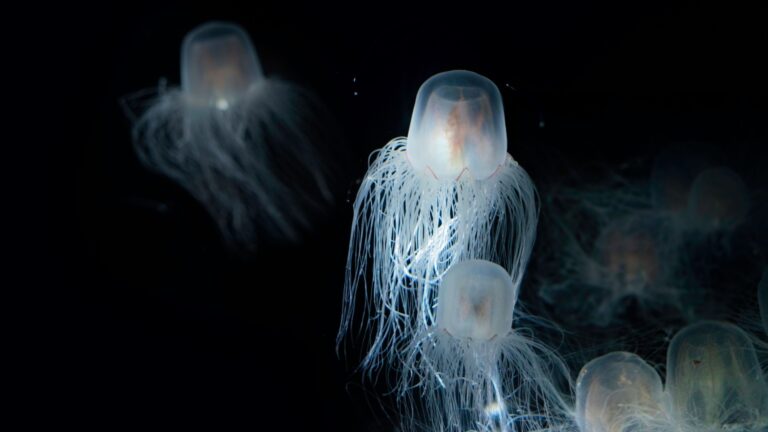How Animals Find Their Way Home: 16 Amazing Navigation Tricks
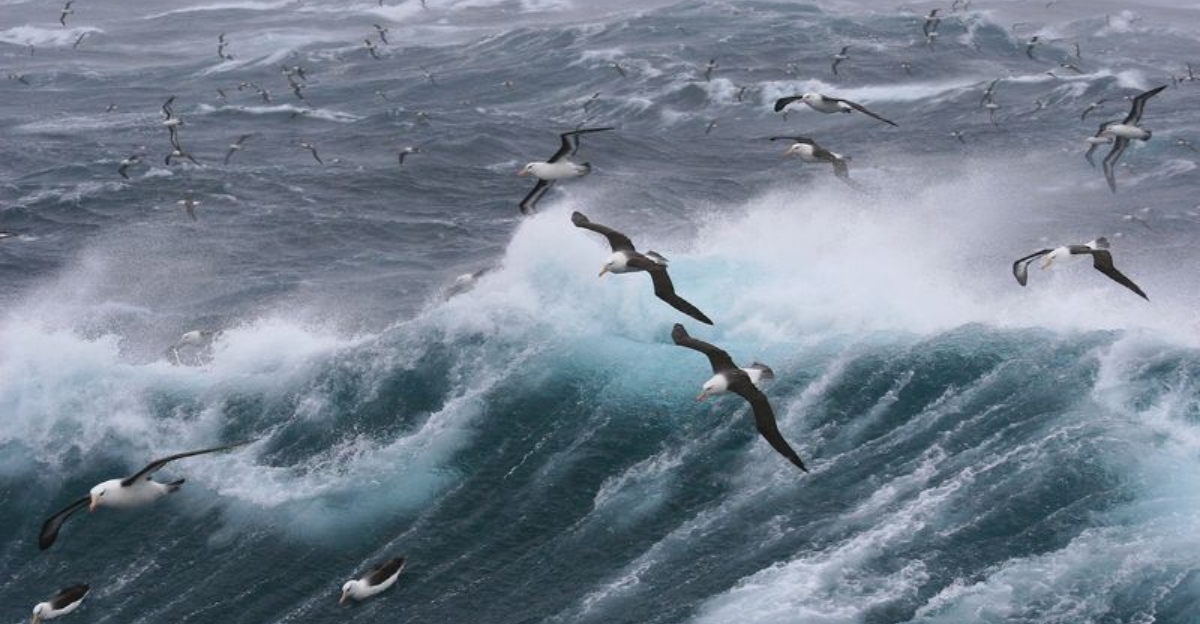
Navigating across miles with no GPS? Sounds impossible, but it’s a daily routine for many animals.
They boast some of the most astounding built-in navigation systems, allowing them to find their way back home with precision.
1. Magnetic Field Detection (Sea Turtles)
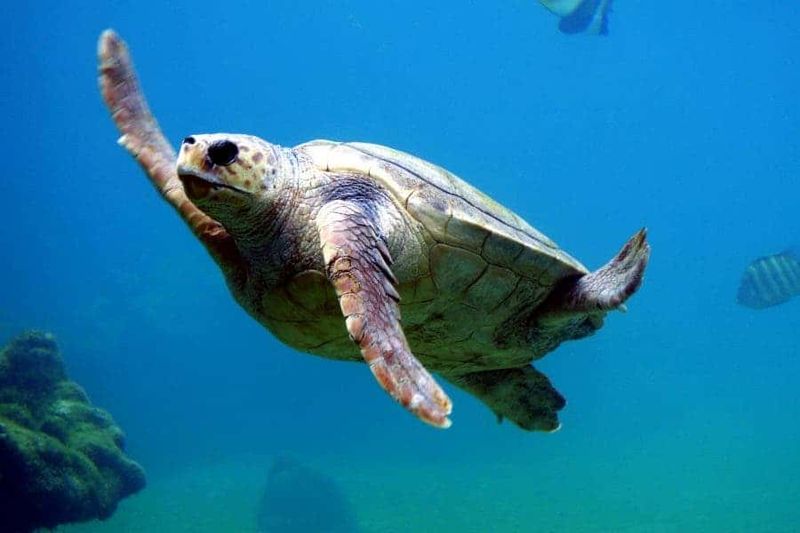
Imagine traveling thousands of miles and landing on the exact beach where you were born. Sea turtles use Earth’s magnetic field as a natural compass.
These long-distance swimmers detect subtle variations in the magnetic field to pinpoint their birthplace. Isn’t that a neat trick?
2. Celestial Navigation (Migrating Birds)
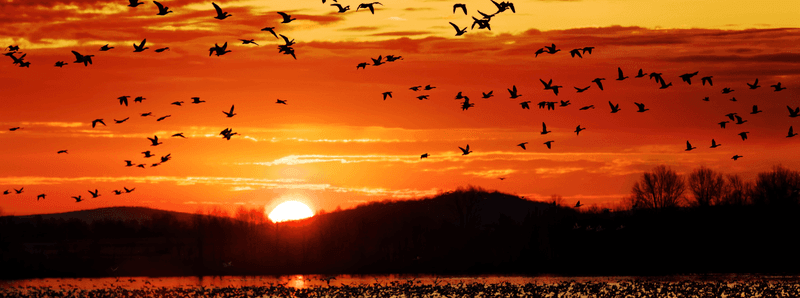
When the sun dips below the horizon, many birds take to the skies, guided by the stars. Indigo buntings, for example, have a knack for reading star patterns during their nocturnal migrations.
This celestial navigation helps them maintain their flight path under the cover of darkness. It’s as if they’re reading a cosmic map, ensuring they stay on course no matter how far they travel.
3. Sun Compass (Honeybees)
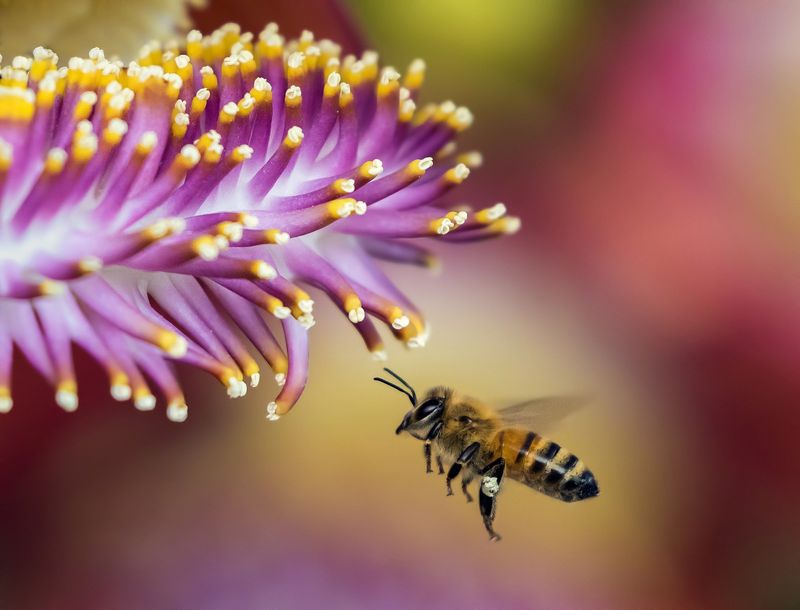
Who knew bees were such sun aficionados? Honeybees use the sun’s angle in conjunction with their internal clocks to navigate.
By doing a little waggle dance, they communicate directions to fellow bees, all thanks to their sunny compass.
This remarkable navigation technique ensures they find their way back to the hive and direct others to sweet nectar sources. It’s a sunny side-up approach to teamwork!
4. Scent Trails (Salmon)
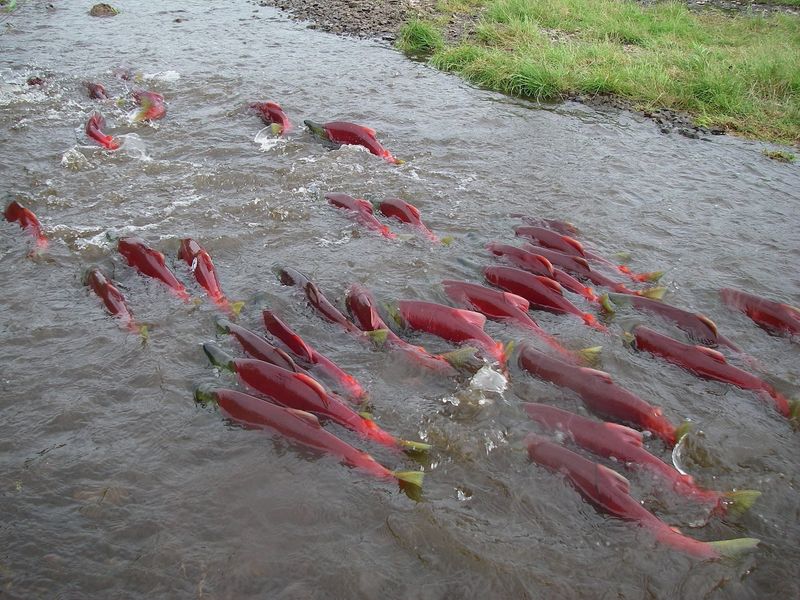
After years in the vast ocean, salmon return to their birthplace by following their noses. They detect specific scent markers in freshwater streams, guiding them back to the exact location they hatched.
It’s a remarkable olfactory journey, akin to sniffing your way home through a sea of aromas. Their sense of smell is so acute that they can pinpoint the very stream where life began.
5. Polarized Light Navigation (Desert Ants)
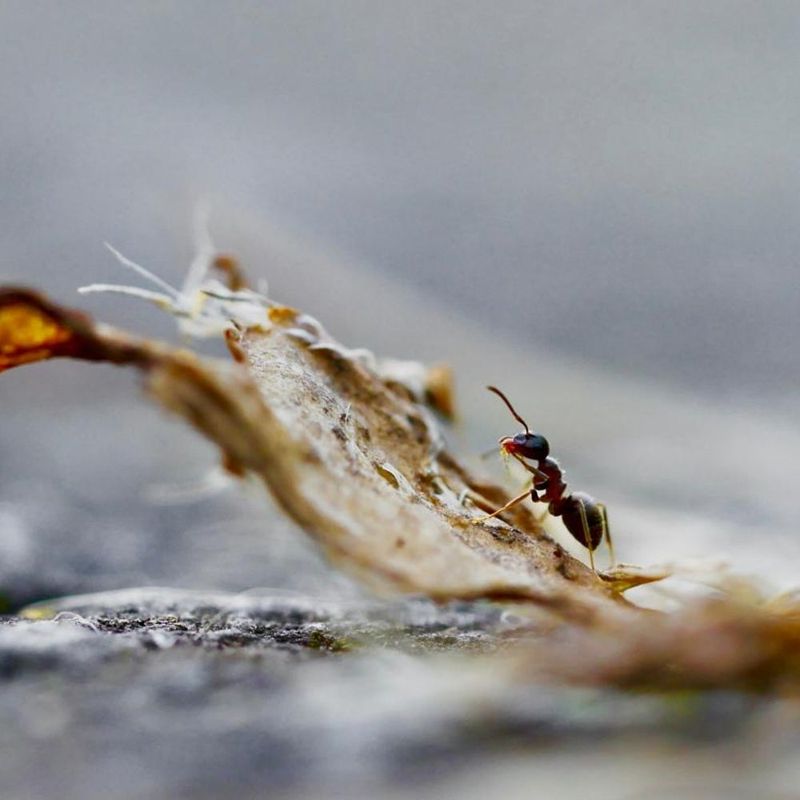
In the featureless deserts, where landmarks are scarce, desert ants rely on an unusual navigation trick: polarized light. They can see patterns in sunlight that are invisible to us.
This helps them travel across vast sand dunes without losing their way. It’s like wearing special sunglasses that reveal hidden paths, guiding them safely back to their colony.
6. Infrasound Detection (Elephants)
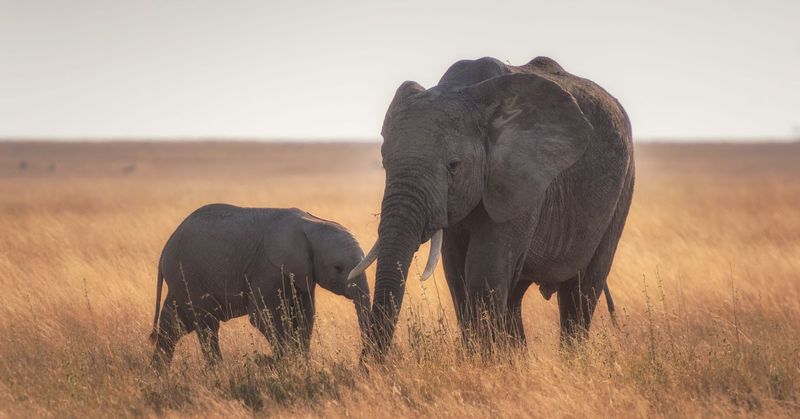
Elephants have a secret superpower: the ability to hear low-frequency sounds known as infrasound. These sounds can travel long distances, alerting elephants to distant storms or other herds.
This auditory skill helps them orient themselves and navigate huge landscapes. Imagine hearing a whisper from miles away and knowing exactly where it came from!
7. Landmark Memory (Pigeons)
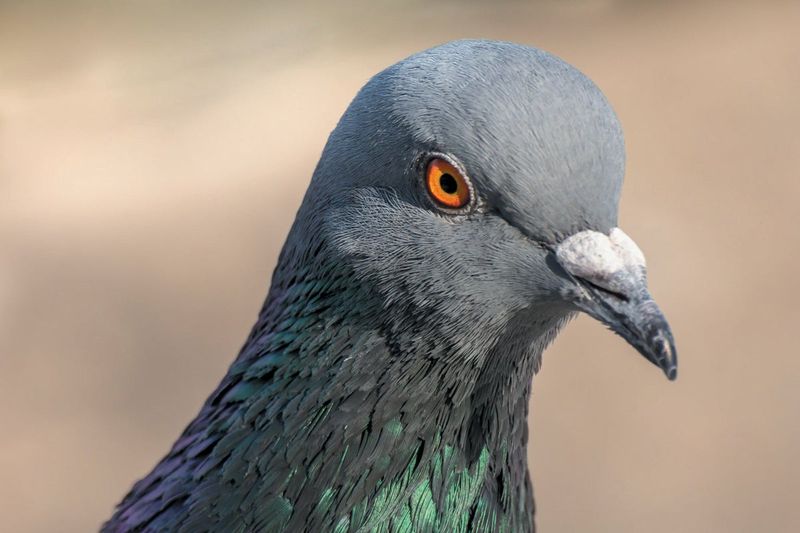
Pigeons are like the old-school cabbies of the bird world, memorizing landmarks to find their way. They use visual cues like roads, rivers, and buildings to chart their routes home.
Whether navigating urban jungles or rural landscapes, these birds have an uncanny ability to recognize familiar places, ensuring they never lose their way.
8. Magnetite Crystals (Trout)

Trout may have a built-in compass, thanks to tiny magnetite crystals in their bodies. These crystals allow them to sense Earth’s magnetic field.
With this natural navigation tool, they can feel changes and navigate through intricate waterways. Consider it nature’s way of giving them a sixth sense for direction.
9. Ocean Currents And Salinity Cues (Eels)
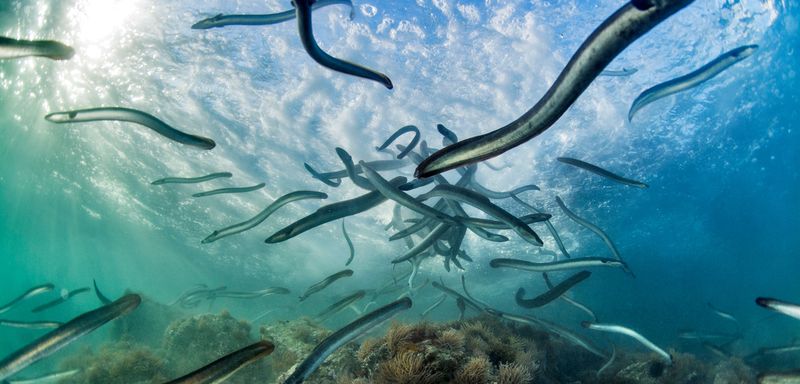
Eels are long-distance travelers that somehow find their way across vast oceans to their ancient spawning grounds.
They’re believed to rely on a combination of ocean currents, salinity shifts, and possibly even Earth’s magnetic field to guide them.
Despite years away and thousands of miles traveled, they return with astonishing precision – carrying secrets scientists are still working to fully understand.
10. Soundscape Navigation (Bats)
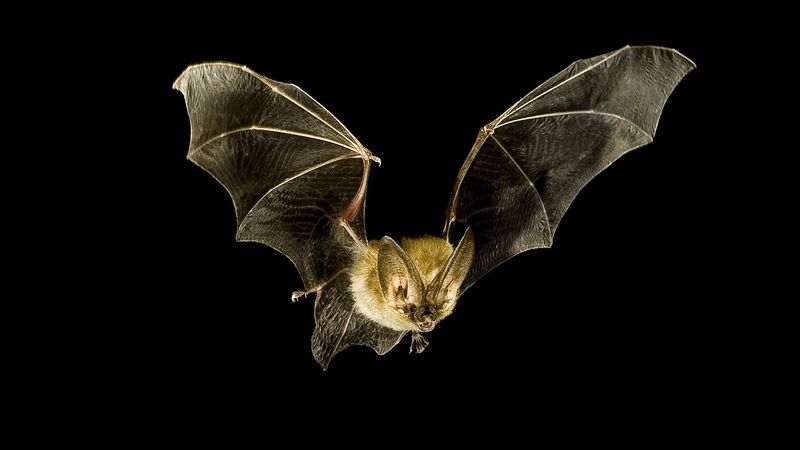
While bats are famous for echolocation, they also rely on environmental sounds to navigate. This “soundscape” helps them recognize familiar areas, even in complete darkness.
Think of it as auditory exploration, where every sound paints a picture of their surroundings. It’s a sonic symphony that keeps them oriented on their nightly flights.
11. Moonlight Orientation (Dung Beetles)

Dung beetles navigate the night using the moon and stars as their guide. As they roll their dung balls away from the pile, they move in a remarkably straight line, relying on celestial light to stay oriented.
Even without a detailed map, they instinctively lock onto cosmic cues, showing that you don’t need size to master the skies.
12. Vibrational Mapping (Moles)
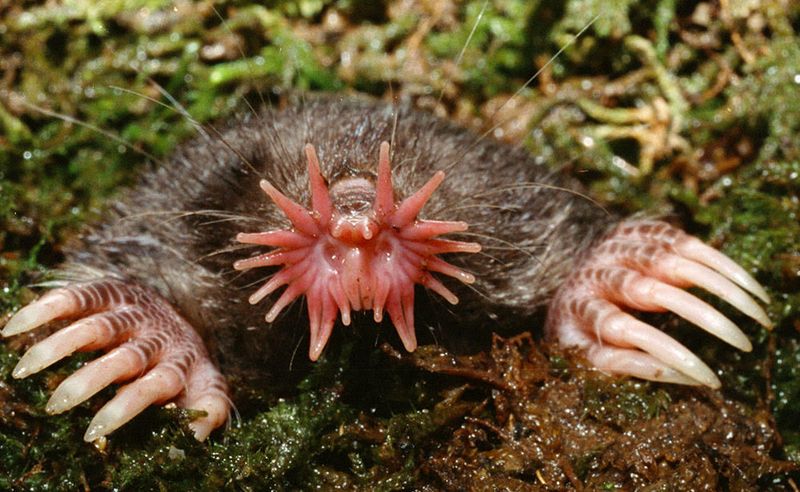
Moles are masters of the underground, creating vibrational maps of their subterranean world. They detect shifts in soil and tunnel pressure, helping them navigate their dark domain.
It’s as if they’re reading braille written in soil vibrations, ensuring they find their way through the labyrinth below. A tactile exploration of a hidden realm!
13. Chemical Markers (Ants)
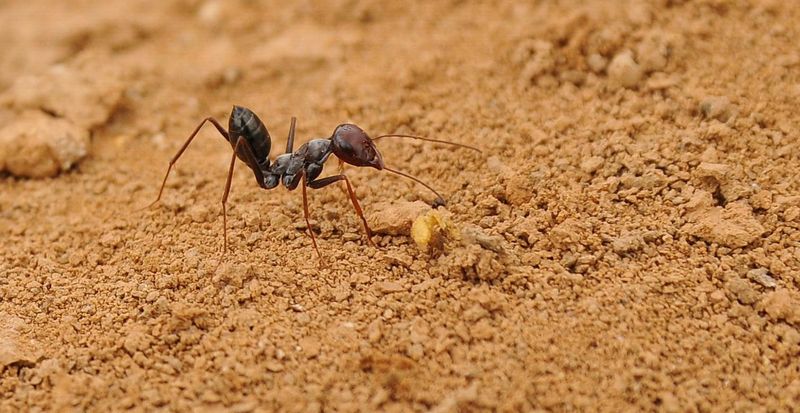
Ants have a talent for teamwork, laying down pheromone trails to guide their colony. These scent highways lead them to food and back home efficiently.
This form of (chemical) communication ensures everyone stays on track. Picture a little highway system where scent is the road sign guiding the journey.
14. Temperature And Light Cues (Monarch Butterflies)
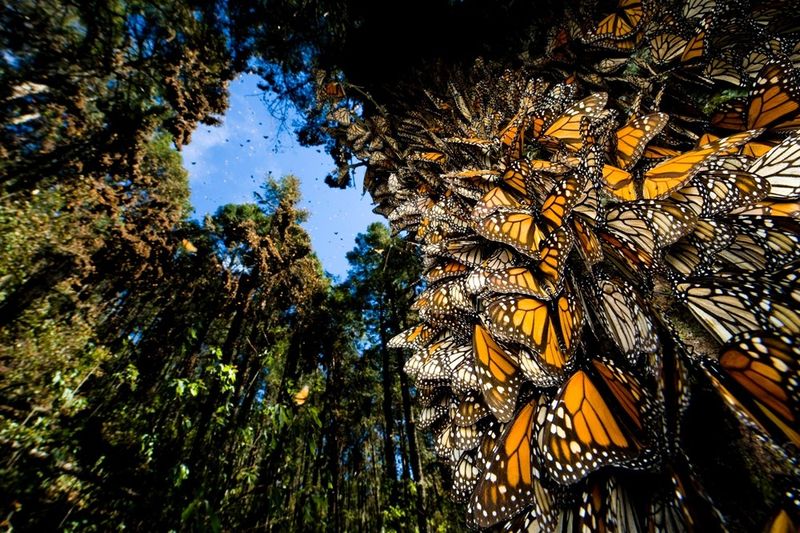
Monarch butterflies embark on a multi-generational migration using temperature and light cues.
These natural indicators, along with their internal “time-compass,” guide them to the same Mexican forests year after year.
15. Wave Orientation (Sea Birds Like Shearwaters)
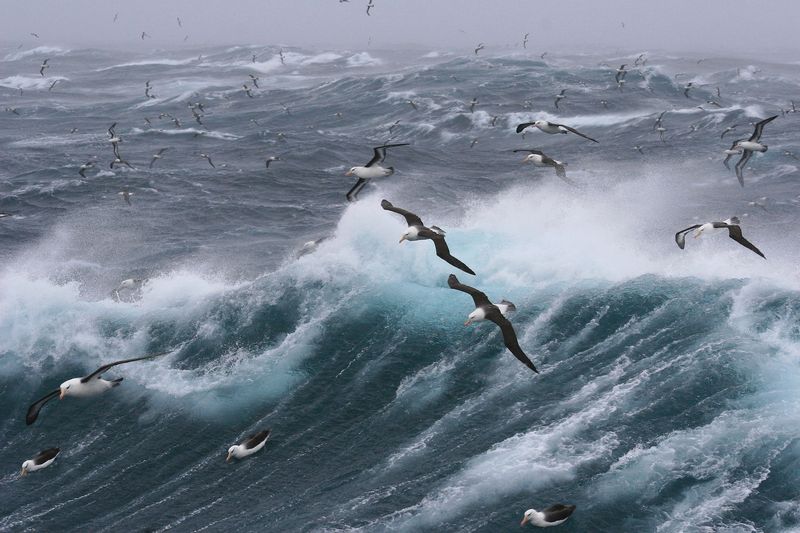
Sea birds like shearwaters don’t rely on landmarks or stars alone – they’ve got another trick up their wings: wave orientation.
These birds can sense the direction and rhythm of ocean swells, using wave patterns as a natural compass during long flights over featureless water.
Even in cloudy skies or unfamiliar territory, they stay on course by reading the sea’s subtle movements like a built-in GPS.
16. Electric Field Sensing (Sharks)
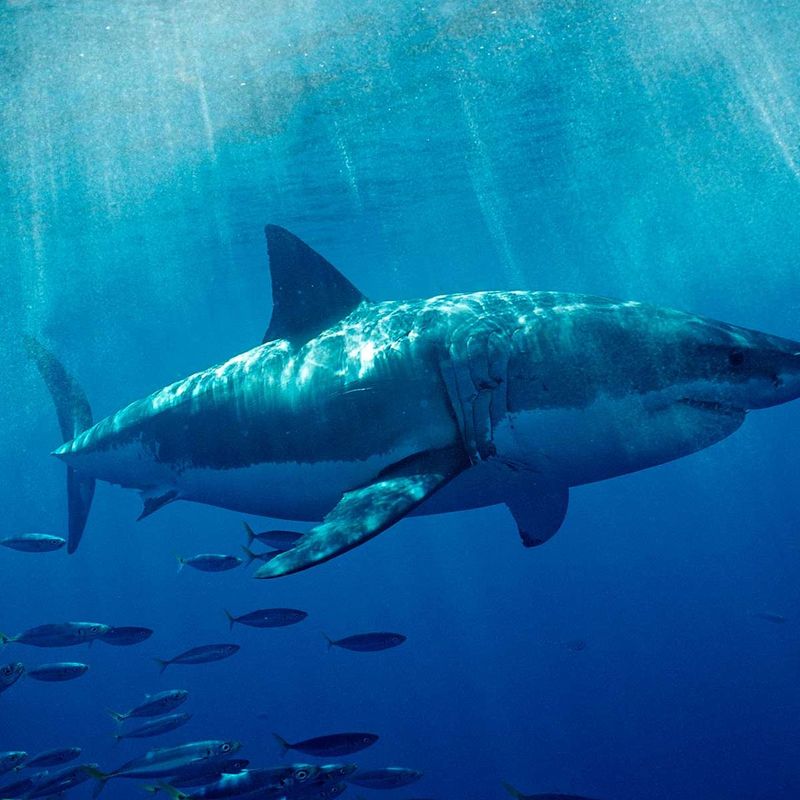
Sharks are equipped with more than just powerful jaws—they can sense electric fields in the water.
This ability allows them to detect Earth’s magnetic field and even the faint bioelectric signals given off by other animals.
These built-in sensors help them navigate vast, empty stretches of ocean with surprising accuracy. Even without visual cues, they stay on course using nature’s invisible signals.



